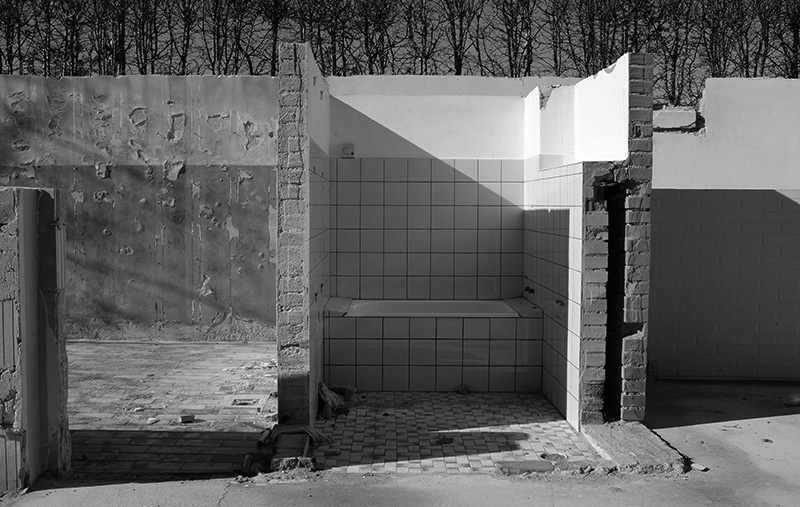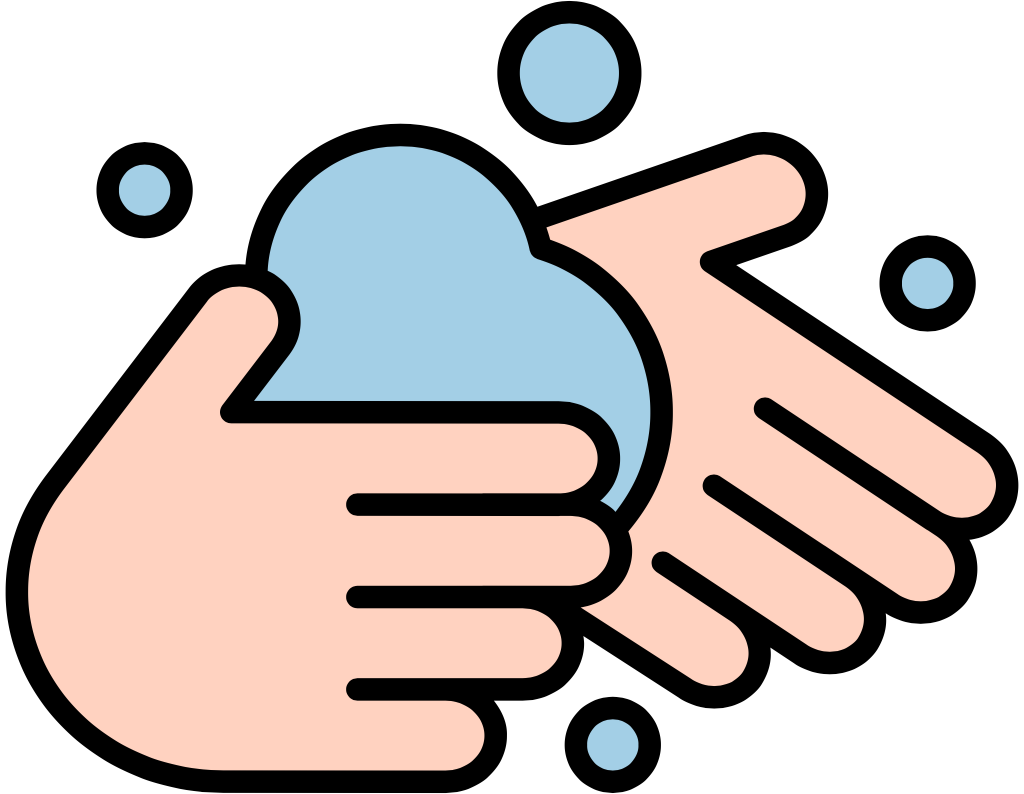Learning from the Quotidian
Downloads
DOI:
https://doi.org/10.51588/eaaeacp.59Keywords:
everyday, architectural education, place, mapping, narrative, transformationAbstract
The paper explores the notion of the ‘everyday’ in architectural education through the examination of six educational and research projects from the academic institutions of the authors in respectively Istanbul, Turkey and Aarhus, Denmark. The paper unpacks how the projects engage with topics of the everyday in various ways. A comparative analysis orders the projects according to how specifically they address particular everyday situations and to what extent they aim to transform the spaces and social interactions of the sites they engage. The analysis is contextualised through social and architectural theories of the everyday by among others Henri Lefebvre. The conclusion argues for the importance of continuous re-engagement with the everyday for architectural education.
How to Cite
Published
Issue
Section
License
Copyright (c) 2020 Claus Peder Pedersen, Naime Esra Akin

This work is licensed under a Creative Commons Attribution 4.0 International License.
References
Akin, N. E. (2018). Innovational and Interpreneurial Approaches in Architectural Education. TMD International Refereed Journal of Design and Architecture, (14), 144–174.
Akin, N. E., & Dagdelen, C. (2019). Social Media as a Source of Design in Architecture. In: M. N. Yildiz, M. Fazal, M. Ahn, & S. Ozdemir (Eds.), Handbook of research on media literacy research and applications across disciplines. Hershey: IGI, Information Science Reference.
Alexander, C., Ishikawa, S., & Silverstein, M. (1977). A pattern language: Towns, buildings, construction. New York: Oxford University Press.
Certeau, M. de. (1984). The practice of everyday life. Berkeley: University of California Press.
Chase, J., Crawford, M., & Kaliski, J. (Eds.). (2008). Everyday urbanism (Expanded ed). New York: Monacelli Press.
Fidanoglu (Akin), N. E. (2008). Architectural Design Studio and Everyday Life: CONTACT Project. Mimarist, (27), 76–84.
Fidanoglu (Akin), N. E. (2015, July 5). Architecture and Literature Work Together: Re-reading an Environment Through a Historical Novel. Presented at IAFOR/ECE 2015, The Third European Conference on Education, Brighton, UK.
Harris, S., & Berke, D. (Eds.). (1997). Architecture of the Everyday. New York, N.Y: Princeton Architectural Press.
Kragh, M. M. S. (2017). Transformation on Abandonment: A new critical practice? Retrieved from https://aarch.dk/transformation-on-abandonment/
Lefebvre, H. (1991). Critique of everyday life. London ; New York: Verso.
Lefebvre, H., & Nicholson-Smith, D. (2011). The production of space (Nachdr.). Malden, Mass.: Blackwell.
Lichtenstein, C., Schregenberger, T., & Museum für Gestaltung Zürich (Eds.). (2001). As Found: The discovery of the ordinary ; [British architecture and art of the 1950s]. Baden/Schw: Müller.
Lunde Nielsen, Espen. (2017). Architectural Probes of the Infraordinary: Social Coexistence through Everyday Spaces. Aarhus, Denmark: Arkitektskolen Aarhus.
Pamuk, O., & Freely, M. (2010). The Museum of Innocence. London: Faber and Faber.
Pedersen, C. P. (2018). Research Through Architecture. In C. P. Pedersen & C. Bundgaard (Eds.), FORSK!: When Architects Research (pp. 10–15). Aarhus, Denmark: Arkitektskolen Aarhus.
Toy, M. (Ed.). (1998). The Everyday and Architecture. London: Acad. Ed.
Van den Heuvel, D. (2015). Between Brutalists. The Banham Hypothesis and the Smithson Way of Life. The Journal of Architecture, 20(2), 293–308. https://doi.org/10.1080/13602365.2015.1027721
Van den Heuvel, Dirk. (2002). As Found: The Metamorphosis of the Everyday. On the Work of Nigel Henderson, Eduardo Paolozzi, and Alison and Peter Smithson (1953–1956). Oase, (59), 52–67.
Vaneigem, R. (1983). The Revolution of Everyday Life: A new translation, etc. London: Left Bank Books.
Wiberg, K. (2018). Waterscapes of Value: Value creation through climate adaptation in everyday landscapes. Retrieved from https://adk.elsevierpure.com/files/62156144/Katrina_Wiberg_Thesis_2018.Aug_LQ.pdf





